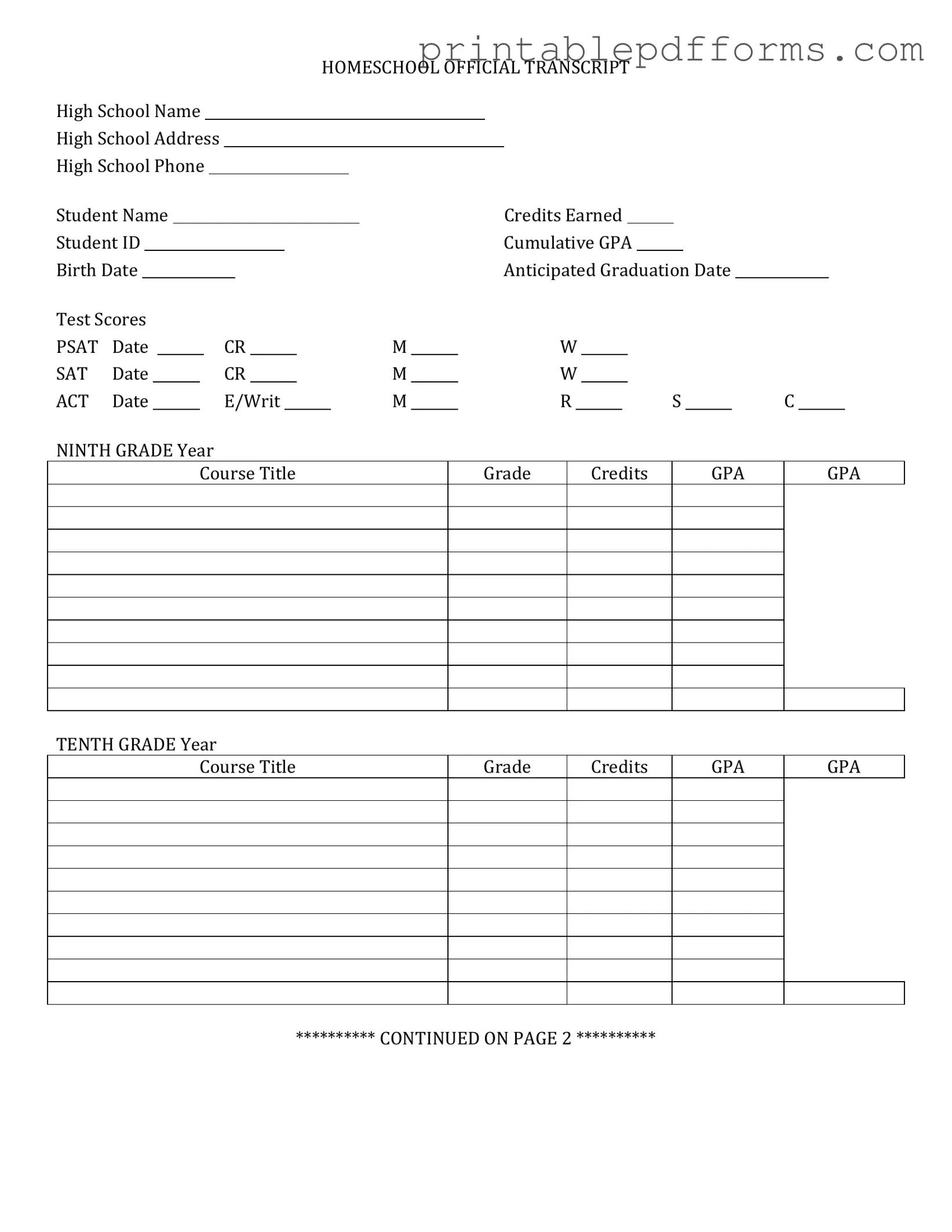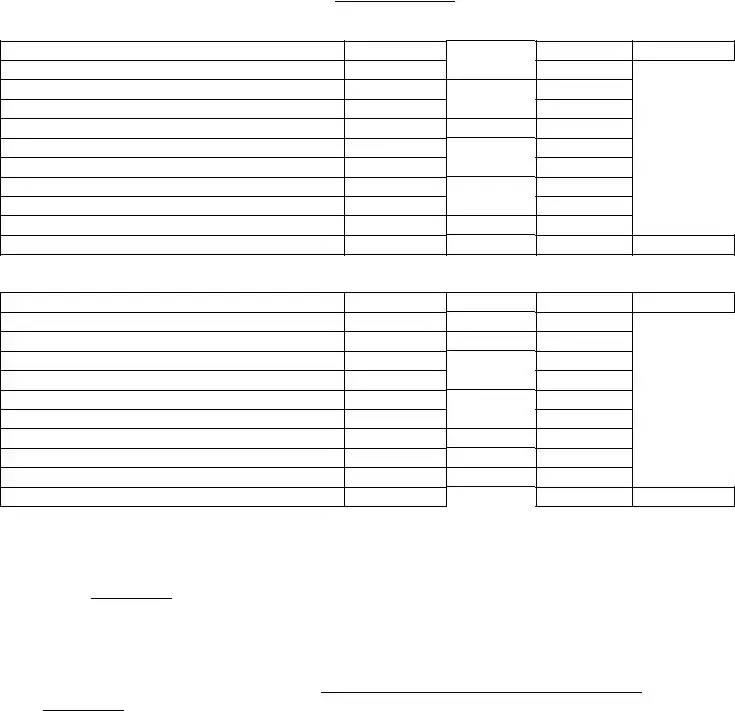What is a High School Transcript?
A high school transcript is an official record of a student’s academic achievements during their time in high school. It typically includes courses taken, grades received, and credits earned. Some transcripts may also feature information on standardized test scores, attendance, and any honors or awards received.
Why do I need a High School Transcript?
A high school transcript is often required for various purposes, including:
-
College applications
-
Job applications
-
Scholarship applications
-
Transfer to another school
Having an accurate and up-to-date transcript is essential for demonstrating your academic history and achievements to potential colleges or employers.
How can I request my High School Transcript?
To request your high school transcript, follow these general steps:
-
Contact your high school’s registrar or guidance office.
-
Fill out any required forms, which may be available online or in person.
-
Provide necessary identification information, such as your full name, date of birth, and graduation year.
-
Pay any applicable fees, if required.
It’s important to check your school’s specific procedures, as they may vary.
How long does it take to receive my High School Transcript?
The time it takes to receive your transcript can vary based on several factors, including the school’s processing time and whether you request it during busy periods, such as graduation season. Generally, you can expect to receive your transcript within a week or two after submitting your request. If you need it urgently, ask your school if they offer expedited services.
Can I access my High School Transcript online?
Many high schools now offer online access to transcripts through their websites or third-party services. If your school provides this option, you will likely need to create an account or log in to a secure portal. If online access is not available, you may need to request a physical copy directly from the school.
What should I do if I find an error on my High School Transcript?
If you notice any errors on your transcript, such as incorrect grades or missing courses, it’s important to address them promptly. Here’s what you can do:
-
Contact the registrar’s office at your high school as soon as possible.
-
Provide documentation that supports your claim, such as report cards or course syllabi.
-
Request a correction in writing, if necessary, and follow up to ensure the changes are made.
Most schools have procedures in place to correct errors, so don’t hesitate to reach out.
Is there a fee for obtaining my High School Transcript?
Some high schools may charge a fee for processing transcript requests, while others may provide them free of charge. Fees can vary based on the school’s policies and whether you request additional copies or expedited services. It’s best to check with your school’s registrar for specific information on any applicable fees.


